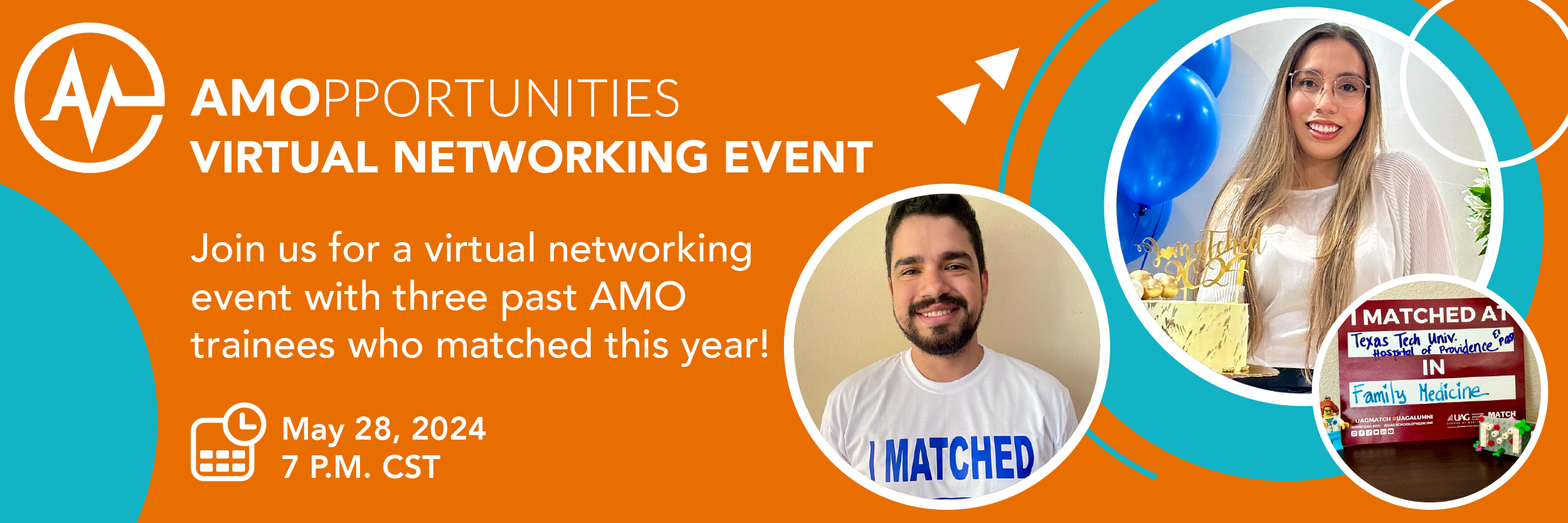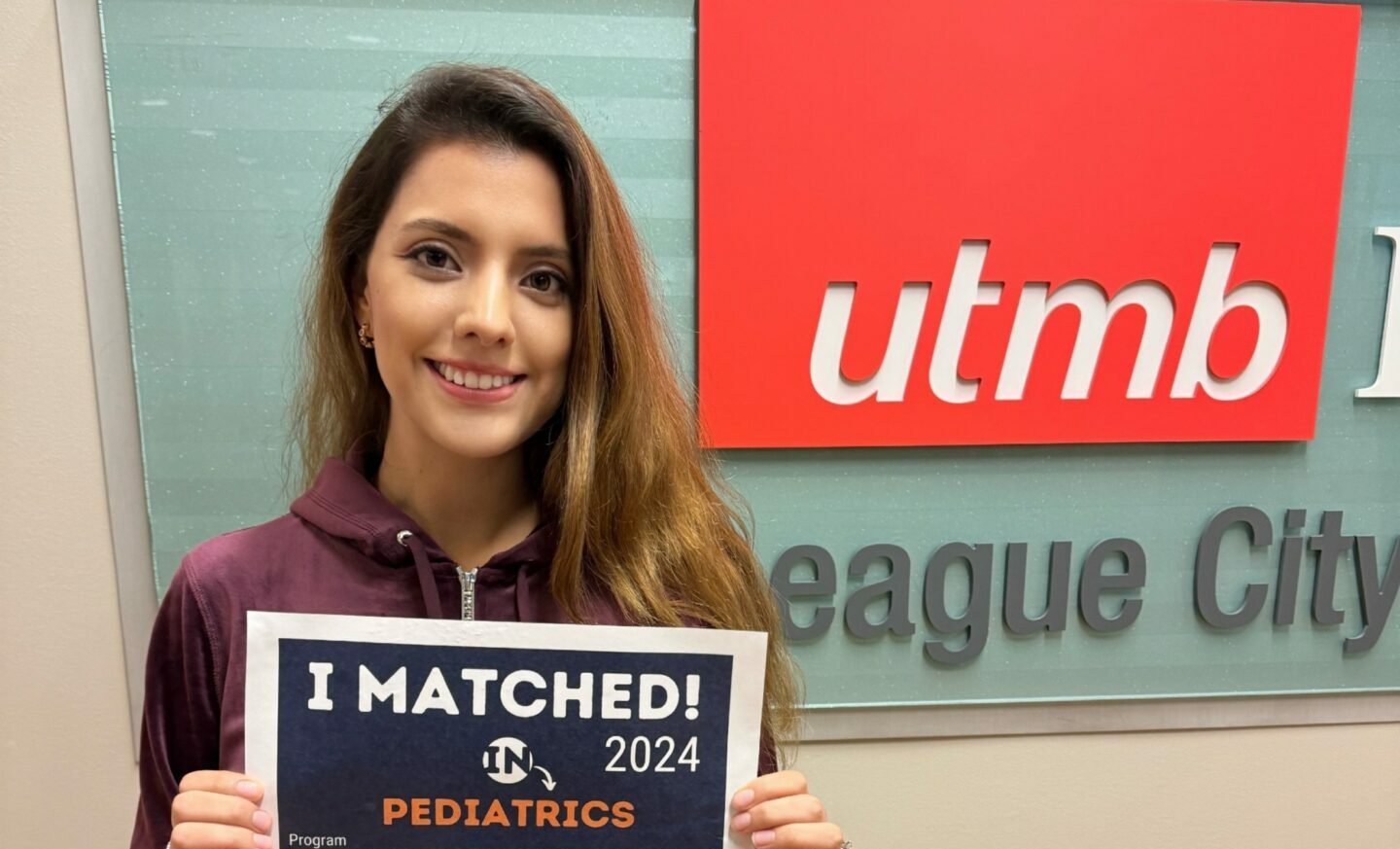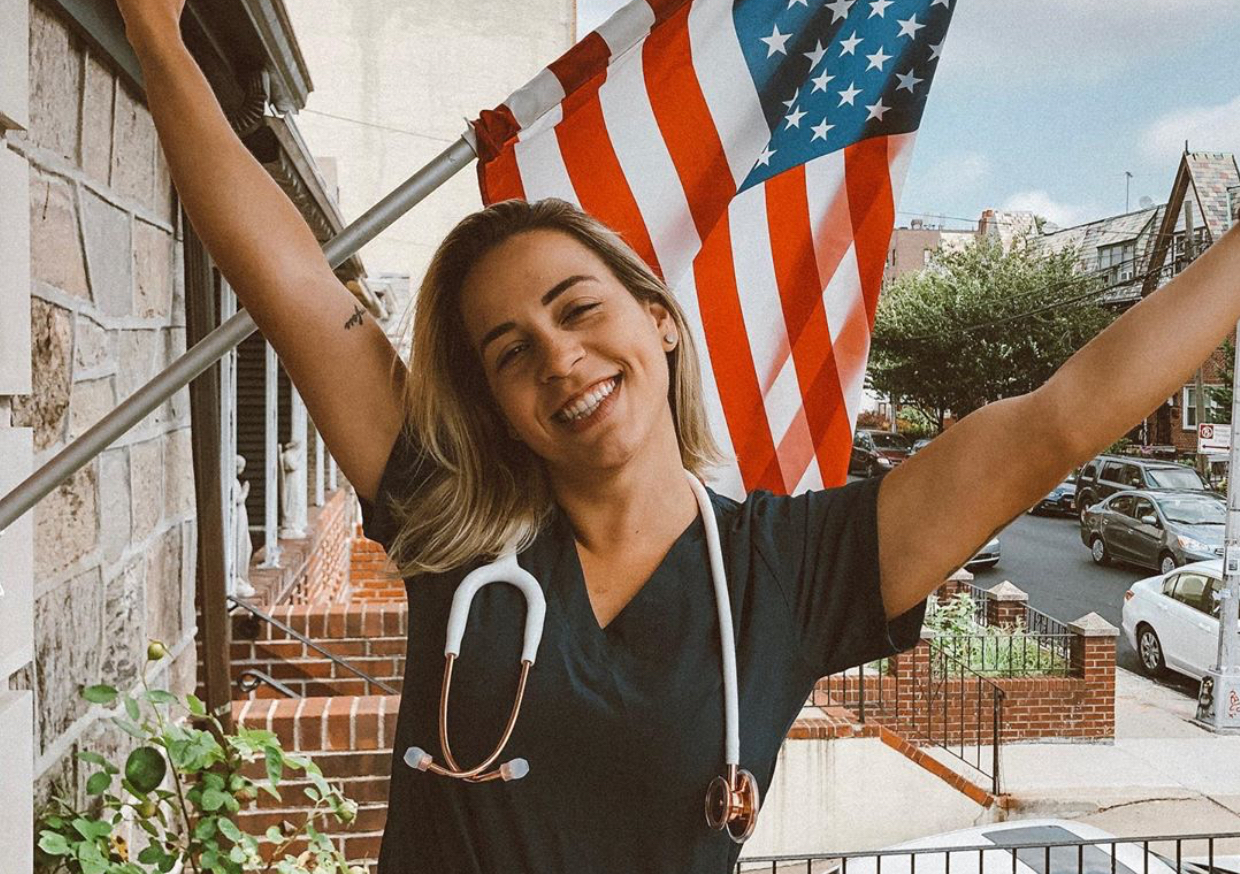This post was written by Dr. Waqas Nawaz, IMG and Assistant Professor Clinical of gastroenterology and Hepatology at Ohio State University Wexner Medical Center, Columbus
It’s been nearly two months since Match Week 2021. If you didn’t match, you might have spent the last eight weeks relaxing, re-centering yourself, and strategized a comeback if you plan to apply again—which we suggest you do. If you have not gotten to the last step, that’s okay. We have some insight and strategies that could lead you to a successful Match next year!
Before we dive deeper into what may have contributed to a missed match, you should know that you aren’t the only one who thought they would begin a residency in the fall and is having to rearrange their plans. During most Match cycles, about 35% of IMGs do not match—30% of these individuals reapply, and half match the second time around.
These are healthy figures and communicate that there is a strong chance of matching if you apply again. It is, however, important to note that the percentage of matching decreases by 10-15% with each subsequent match, and those who match after applying again have done significant work to increase their odds between cycles.
Surveying Deficiencies of those Unmatched
In 2017, we asked 99 IMG members of the King Edward USMLE Forum who applied but did not match into U.S. residency to participate in a survey. We provided these individuals a questionnaire and we reviewed their resumes carefully. The survey revealed that many individuals had problem areas in their application. Here are the top deficiencies (note some participants had multiple deficiencies):
- Low USMLE Step 1 and 2 scores (<230)—62%
- Multiple USMLE Step 2 CS and CK attempts—25%
- No Step 3—4%
- Unfavorable LoRs—3%
- Little to no U.S. clinical training—3%
- Out of school for 5+ years —2%
- No deficiencies—2%
Individuals who graduated many years ago and a lack of U.S. clinical training are not present among many individuals who went unmatched during 2017. If you’re an older medical graduate and want to match, this should provide some hope. As long as you have been building up your resume, even if you have graduated many years ago, that is a minor factor and can be overlooked.
Unsurprisingly, the biggest cause of no U.S. medical residency match was low exam scores. As you may have noticed, what is considered a good score has changed since 2017. During 2017, a strong score was 230 or above. Now, applicants must have a score of 240-250 to be competitive.
A lesser but still important contributor of remaining unmatched was having poor, old, or non specialty-specific LoRs.
Recommendations to Overcome Deficiencies
Applicants who have USMLE Step 1 or Step 2 CK scores of 225 or less should consider applying to less competitive specialties with strong IMGs match trends if they have not done so yet; options to consider include pathology, pediatrics, internal medicine, or family medicine.
For applicants who have multiple exam attempts on their applications, research and clinical training will become important—six months of either could take you from unmatched to match. If you go the research route, getting published should be a goal.
Applicants who haven’t yet taken USMLE Step 3 should prepare for and take the exam before applying for residency a second time. Taking and passing this exam does not erase multiple Step 1 or Step 2 CK attempts, but it can give them less weight and show that an applicant is devoted to becoming a U.S. physician.
As a final note, applicants should be wary of waiving their rights to review LoRs if they believe the letter could contain anything negative. While waived letters can hold greater value than those which are viewed and uploaded by the applicant, the opposite can be said if the letter speaks poorly on one’s clinical skills, knowledge, or character.
If you follow the steps outlined above, you could just be part of the 50% of second-time IMG applicants who match into U.S. medical residency!
Increase your odds of matching next year—bulk up your resume with U.S. clinical training






